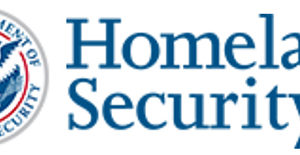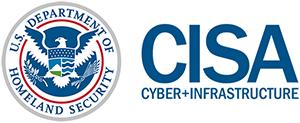Digital transformation in Europe: 3 key regulatory priorities for 2021

“Europe's mix of enabling regulatory environments, robust connectivity infrastructure and the lively ecosystem of digital technology providers is fuelling the Region's transformation and has proven critical in the resilience during the COVID 19 pandemic,” remarked Doreen Bogdan-Martin, Director of the Telecommunication Development Bureau at ITU, as she welcomed participants of the ITU Regional Regulatory Forum for Europe on Regulation supporting digital transformation.
Held virtually in 2020, the Regional Regulatory Forum (RRF) is one of several milestones of the ITU Regional Initiative for Europe on Broadband infrastructure, broadcasting and spectrum management.
Organized with the support of the Agency for Electronic Communications and Postal Services (EKIP) of Montenegro, the Forum was opened by Vladan Djukanovic, EKIP Board Member, who highlighted the dependency which all sectors of economies now have on information and communication technology (ICT) infrastructure and services, exacerbated by the COVID-19 pandemic. This dependency requires a strategic approach to connectivity.
3 key priorities for 2021
Beyond recognizing the work of the ITU on the REG4COVID platform and other activities related to policy and regulation, representatives attending the RRF agreed on the following three key strategic priorities for 2021:
- carrying out an assessment of regulatory measures undertaken in the context of COVID-19, including the capacity of internal networks and interconnection with other regions,
- accelerating broadband development to bridge the digital divide, especially in terms of coverage, and
- strengthening international cooperation in the field of regulation.
Sofie Maddens, Head of the BDT’s Regulatory and Market Environment Division, shared an insightful reminder of the changing role of regulation and the need for authorities to adapt their toolbox to ensure actions are fit for purpose and following ITU’s gold standard on “collaborative regulation”, the benchmark of fifth generation (G5) regulation.
Unlocking investment in connectivity
The role of data in supporting the deployment of broadband is a fundamental aspect of digital transformation and regulation. By informing more accurate ‘snapshots’ of markets, data facilitates the design and creation of the regulatory incentives needed to deploy networks efficiently.
During the Forum, ITU, the European Commission, BEREC, the European Investment Bank, the World Bank and UNICEF all presented data-driven approaches to smart decision making to create an enabling environment that unlocks the private investments needed to attain connectivity targets, such as the EU Gigabit Society targets of delivering 100 Mbps to all households by 2025.
Member States also shared their experiences in broadband mapping as a tool to accelerate broadband deployment using infrastructure, service and investment data gathered from network operators. National Regulatory Authorities (NRAs) from Poland, Portugal, Slovenia, Germany, and Lithuania, which have relatively advanced systems encompassing thousands of operators, other network operators (such as utilities), building companies, local and regional administrations, demonstrated how these platforms can enhance collaboration among various stakeholders and support the allocation of public funding leading to fruitful results.
NRAs from non-EU countries such as Albania, Georgia, Montenegro, North Macedonia, and Serbia also presented their systems, and outlined their efforts towards unlocking investment whilst protecting competition. Given that the potential for improvements in broadband deployment is greater here than in EU countries, the need to allocate additional resources into mapping systems as fundamental enablers was noted.
Despite the recent progress in many non-EU countries taking steps towards harmonization with EU standards, many challenges remain, ranging from the high fixed and operational costs of setting up mapping systems to human capacity building within administrations, but also across operators.
Realizing untapped potential
While the EU regulatory framework for broadband mapping will undergo considerable revisions in 2021, non-EU countries, particularly in South Eastern Europe, have the potential monitor this process closely and leapfrog, establishing state of the art systems.
The background paper Broadband Mapping Systems in Europe and Regional Harmonization Initiatives focuses on the regulation underpinning broadband mapping systems, which are now essential tools for NRAs to allocate public funding efficiently and fostering cross-sector collaboration and investment whilst protecting competition. The paper traces the development of the European Union’s regulatory framework, its most recent and future developments, the actions undertaken by the European Commission and Member States in the field and, finally, looks at eight countries in South Eastern Europe.
I invite all stakeholders to join ITU’s workstreams dedicated to broadband development and regulation and to learn more from the Regional Regulatory Forum’s draft Outcome Report. I also invite you to engage with us on this topic and keep an eye on related activities for 2021 until we can hopefully meet again in person next September in Budva, Montenegro, as it is tradition for ITU Regulatory Forums for Europe.
[Source: ITU]



